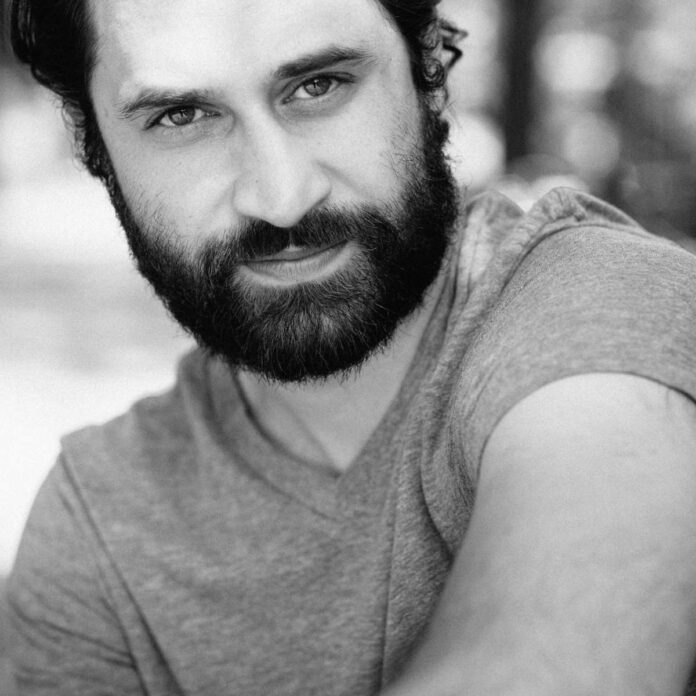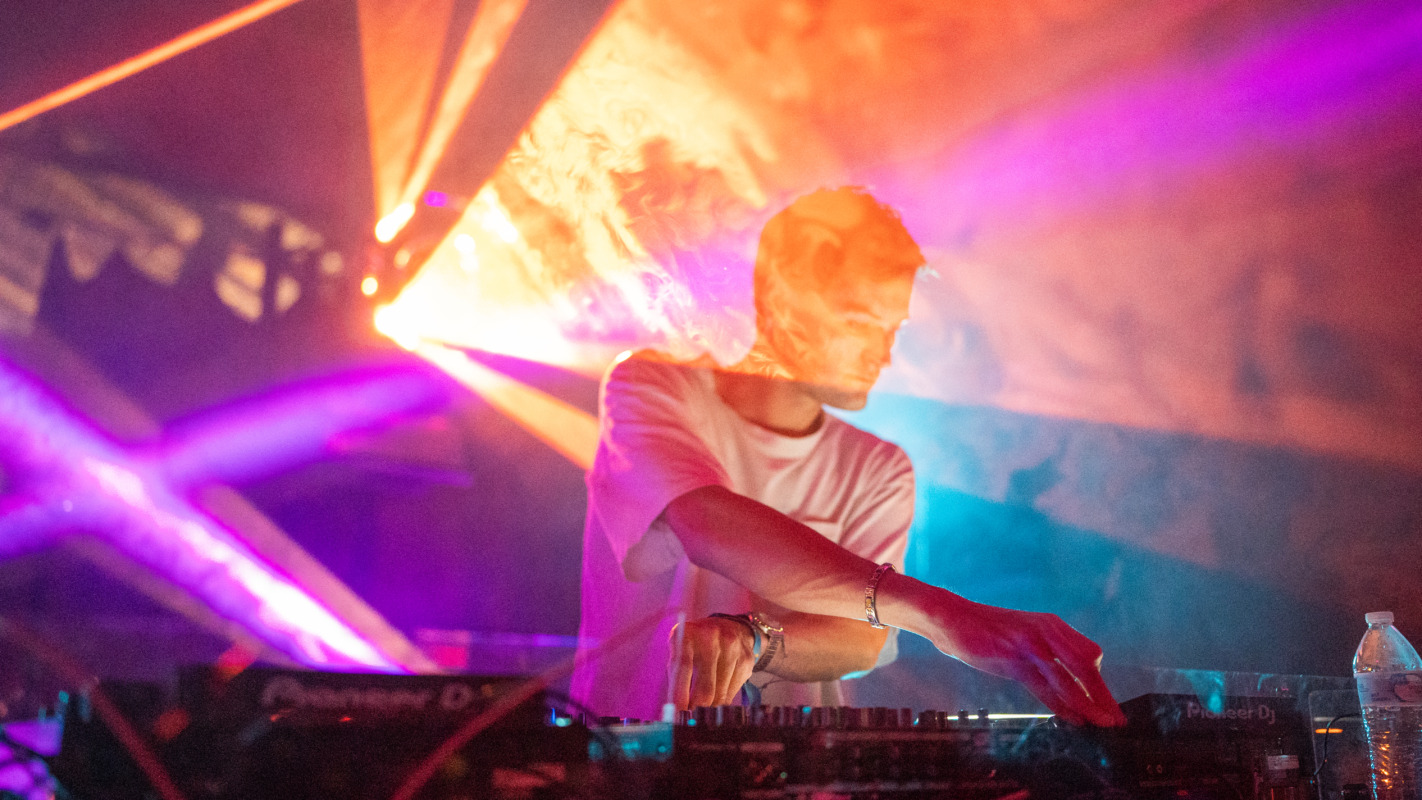The Ace Attorney games are well known for being a triumph of the visual novel genre, with fun, unique cases and a heavy emphasis on character and story that make 2016's anime adaptation feel like a no-brainer. Sadly, despite a second season that completed the original trilogy's plotline, when it comes to the popularity of the two, it's no contest. Since the games' biggest draw is their set narrative, it turns out to be the animation itself dragging the anime down.
The game's original sprite-work is absolutely stellar even now, making expert use of small motions and animation loops to make the characters seem alive and full of personality. By comparison, the anime is... stiff, as though these same characters are only cardboard cutouts of the ones we know and love. There are three main reasons why it's like this.
The first one is a strict adherence to staying on model. In animation, being "on model" means that the character looks the same as their model sheet, ensuring consistency across animators. However, there is such a thing as taking it too far. In animation, a level of exaggerated deformation or "squash and stretch" is necessary for characters to look truly animated and alive. Ace Attorney, however, skips this, with characters appearing with the same no matter what scene they're in or what's just happened. This refusal to deform the characters to suit their movements leads to silted "performances." It's worth noting that the games were also strict about staying on model -- but this is more understandable, as animation loops often switch mid-scene, making any off-model sprites immediately noticeable.
The second reason is the lack of detail. The original games' sprites use shadows and highlights to imply detail that couldn't fit onto the DS's tiny screen. Main character Phoenix Wright's famously spiky hair was created solely with an outline, highlight, shadow and two mid-tones. Had they attempted to add linework on the hair itself, it would have become unreadable. In contrast, the anime, while it has the space to add that linework, only adds highlights to the topmost spikes, removing quite a bit of detail. Beyond that, the shading is very minimal -- likely meant to ease animation -- which makes everything look completely flat. For an anime that focuses heavily on small details narratively, one would expect it to do the same visually.
The third reason is two-fold, having to do with animation and sound design: the lack of impact frames and their sound cues. Ace Attorney, like any adaptation, started with most of the work already done; character designs set in stone, a complete story and a full soundtrack. All they had to do was animate it. But, by faithfully following the games, the anime ended up with "artifacts" that only those who had played the games would understand. These mainly come in the form of sound cues that accompany specific actions. While it would usually be fine to just play the cue whenever its time comes, what the anime fails to realize is that the reason the cues worked was because of player agency and impact frames.
Because players were invested, the sound cue was truly a cue that they had done something important, and a screen shake made sure they didn't miss it. Sound surprisingly played a large role in guiding players through court drama, from a high-pitched ding to let them know something is amiss to the punchy sounds of Phoenix getting beaten at his own game by a tough opponent. Emphasizing these notes was the inclusion of white impact frames that would fade in and out over a few seconds. These are used most effectively during breakdowns, where the flashing white really emphasizes how far gone the character is, usually speeding up or slowing down to match the tone.
While the anime will sometimes use the screen shake, as in Season 2, Episode 2, "The Stolen Turnabout — 1st Trial" when Ron DeLite yells, the anime doesn't use the white frames at all, lessening the impact a scene could have. And the shake's not even consistent, as in Episode 4, "The Stolen Turnabout — 3rd Trial" Ron's yells are shown without the shake. The lack of both during character breakdowns is especially noticeable, as these are usually the most important scenes of the case.
As a result of missing these key components, the anime, while still telling the story of Ace Attorney just fine, misses out on being a spectacular anime -- especially for fans -- and settles for being a "good" one. Suitably, where the anime shines the brightest is in its original filler cases, where they elected to their own way, focusing instead on telling the story through animation, rather than with it.
About The Author

